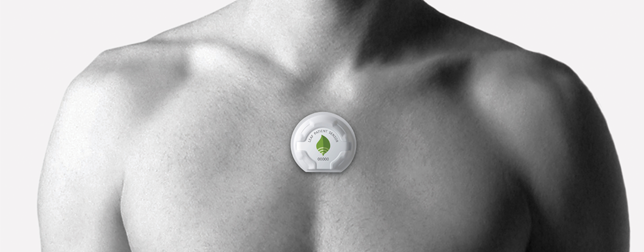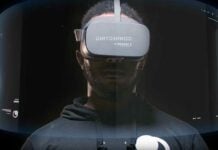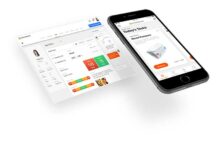When Barrett Larson, Co-Founder & CEO at Leaf Healthcare, was presenting their solution at the WT | Wearable Technologies Conference 2015 USA last year, we were impressed. Both about the extent and risks of pressure ulcer as well as their tiny FDA cleared device and software which can monitor and automate turning protocols in hospitals.
Can you explain what Leaf Healthcare is about?
The serious complications associated with patient immobility are well established. By ensuring adequate mobilization throughout all phases of care, most of these complications can be prevented. Leaf Healthcare has developed a revolutionary patient monitoring system that allows hospitals to effectively manage mobility programs in order to maximize both therapeutic and financial outcomes.
Why is ulcer so dangerous? Where does it come from?
Approximately 1 out of every 30 hospitalized patients will develop a hospital-acquired pressure ulcer. These ulcers occur when patients stay in the same position for too long. Pressure ulcers cost the US healthcare system approximately $10 billion annually. In addition to direct treatment-related costs, pressure ulcers also result in litigation, government penalties, and impact hospital performance metrics. On top of the financial implications, pressure ulcers also have a significant impact on patient morbidity, mortality, and quality of life.
How can the Leaf Patient Monitoring System help to prevent ulcer? How does it work?
The cornerstone of pressure ulcer prevention is patient turning and approximatey 30% of all hospitalized patients are prescribed a turning protocol. However, it is well known that traditional turning protocols are inefficient and compliance rates are poor. The Leaf system intelligently coordinates and optimizes turning protocols for large groups of patients and it does so in a manner that improves both nursing efficiency and the quality of care provided. By automatically recognizing and documenting patient self-turns, the Leaf system allows nursing staff to more efficiently target their turning efforts.
What were the results of the clinical trials?
The Leaf system has been shown to dramatically increase compliance with turning protocols, improve nursing efficiency, and reduce pressure ulcer rates. Clinical studies have shown that the Leaf system reduces pressure ulcers rates by over 5x.
What are the next steps for Leaf Healthcare?
Patient immobility has been linked to a number of serious and costly hospital complications, including pressure ulcers, pneumonia, falls, blood clots, and muscle deconditioning. Moving forward, the Leaf System will be able to monitor, coordinate and optimize mobility programs throughout the continuum-of-care, from bedridden to fully-ambulating patients. In this era of pay-for-performance, hospitals are particularly incentivized to prevent hospital-acquired conditions. The Leaf system strategically addresses these areas, and in doing so helps reduce healthcare costs, improve caregiver efficiency, and enhance patient care quality.
You have been speaking at the WT | Wearable Technologies Conference 2015 USA and you have been a finalist of the WT | Innovation World Cup. Could you tell us about your experiences?
It was an honor to present at WTUS15 and the WT | Innovation World Cup in 2016. It was inspiring to be around so many creative and forward-thinking innovators. The Wearable Tech community is extremely collaborative and the conferences are a great networking opportunity.
What is your favorite wearable device (besides your own)?
Plantronics bluetooth headset – I wear it everytime I go jogging!
You can meet Barrett and the Leaf Healthcare team at the 5th anniversary of the WTUS16 in San Francisco in our exhibition area. And if you were not able to attend our event in San Francisco last year, here his speech at WTUS15:















